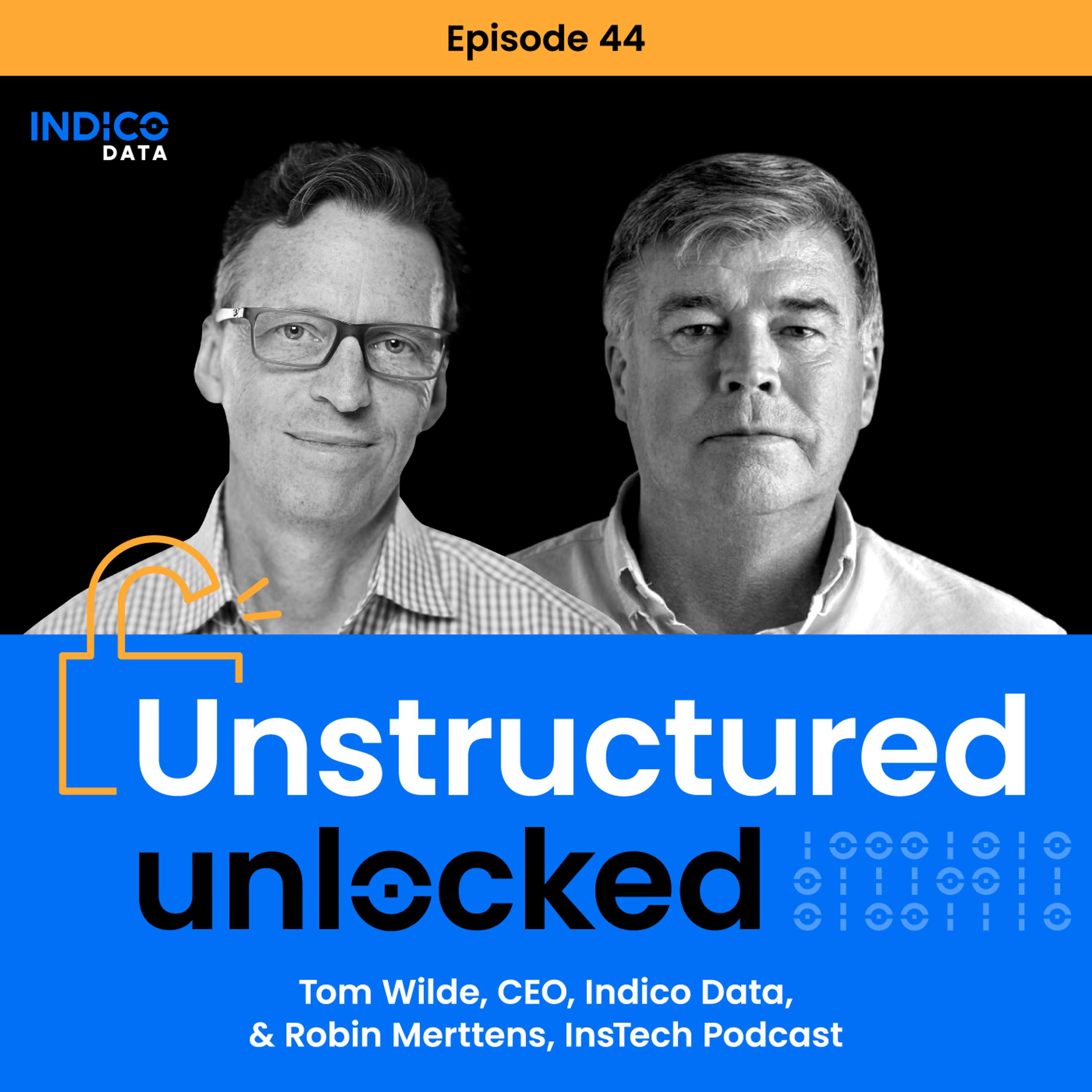Hope you enjoy this guest post from Victoria Preston, a robotics major from Olin College of Engineering:
Artificial intelligence and machine learning are arguably two of the biggest concepts in advancing robotic technologies. They promise of years to come when we can be sitting on the park bench having a lovely conversation with an android worker on a recharge break, or when our cars will greet us enthusiastically when we approach ready to drive us to our 3:00 orthodontist appointment. But, what are these concepts, and what state of development are they in today?
Artificial intelligence is an umbrella term for areas of study in natural language processing, knowledge representation, planning, and machine learning. Machine learning is used to describe algorithmic and statistical processes which inform system behaviors. Effectively, given a dataset and one of many machine learning processes, the structure of the data can be characterized, and a corresponding function (mapping, transformation, motor movement) is determined. Popular examples include sentiment analysis of text and speech recognition. And with techniques called neural networks, learning by demonstration, and association rule learning, it certainly sounds like machine learning is a little like creating a brain. Once our machines can learn, then what is useful to teach, and how do we provide the proper material?
Machine learning in the robotics world is not quite to the point of needing to develop a curriculum for robotic students, but there are certainly some amazing things being done – some of which could certainly fool anyone in believing that there might be a little more than statistics at work. Take for example IBM’s classroom that learns the student, or the hexapod robots that shake off an injury. In the robotics world, machine learning applications look like sensor characterization and simple behavior controllers. The autonomous helicopter project at Stanford University is a great example of how environment characterization can be used to make split-second decisions in the real-world to carry out a task. Machine learning and the algorithms that come with it have started to solve the once uncharacterizable, the complicated, and the seemingly impossible.
In Google’s spam filters and Amazon’s recommendations, machine learning has infiltrated our everyday lives – perhaps without us even realizing it. But within the next 10, 20, 30 years it may be less subtle – imagine fleets of Google cars joining you on the road, ready to adapt to any situation, or commanding personal robots with a simple command (Stefanie Tellex of Brown University is one of several working on large communicative robotic systems projects which could be in our homes, or in our military, in short time).
For those that enjoy tinkering, or want to take a deeper dive into learning about AI and machine learning, a simple Google search yields results for neural network algorithms implemented on Arduino Uno microcontrollers, or DIY introductions to behavior development for your own robotic system (like toy cars). With machine learning concepts becoming more accessible to the home hobbyist and the high school student, the number of applications and innovations in this space can only grow.
Even with the accessibility, machine learning is hard – to wrap the mind around, to implement, to refine, and to initiate as a solution in the workplace or research group. It is no small wonder that the world outlined in the beginning doesn’t already exist, even though the techniques and algorithms have been developing since the 60s. There is a lot to consider, from the type of learning for each unique system, the scalability of the algorithm, to the hardware or electrical systems that must interface well to take advantage of machine learning.
Is artificial intelligence within reach? Perhaps not within the immediate future, but with a growing community unifying around exploration, learning, and development, it can only continue to tempt us with the possibility. We’re already happily receiving the benefits every time we open our inbox. Will you be a part of the movement?


